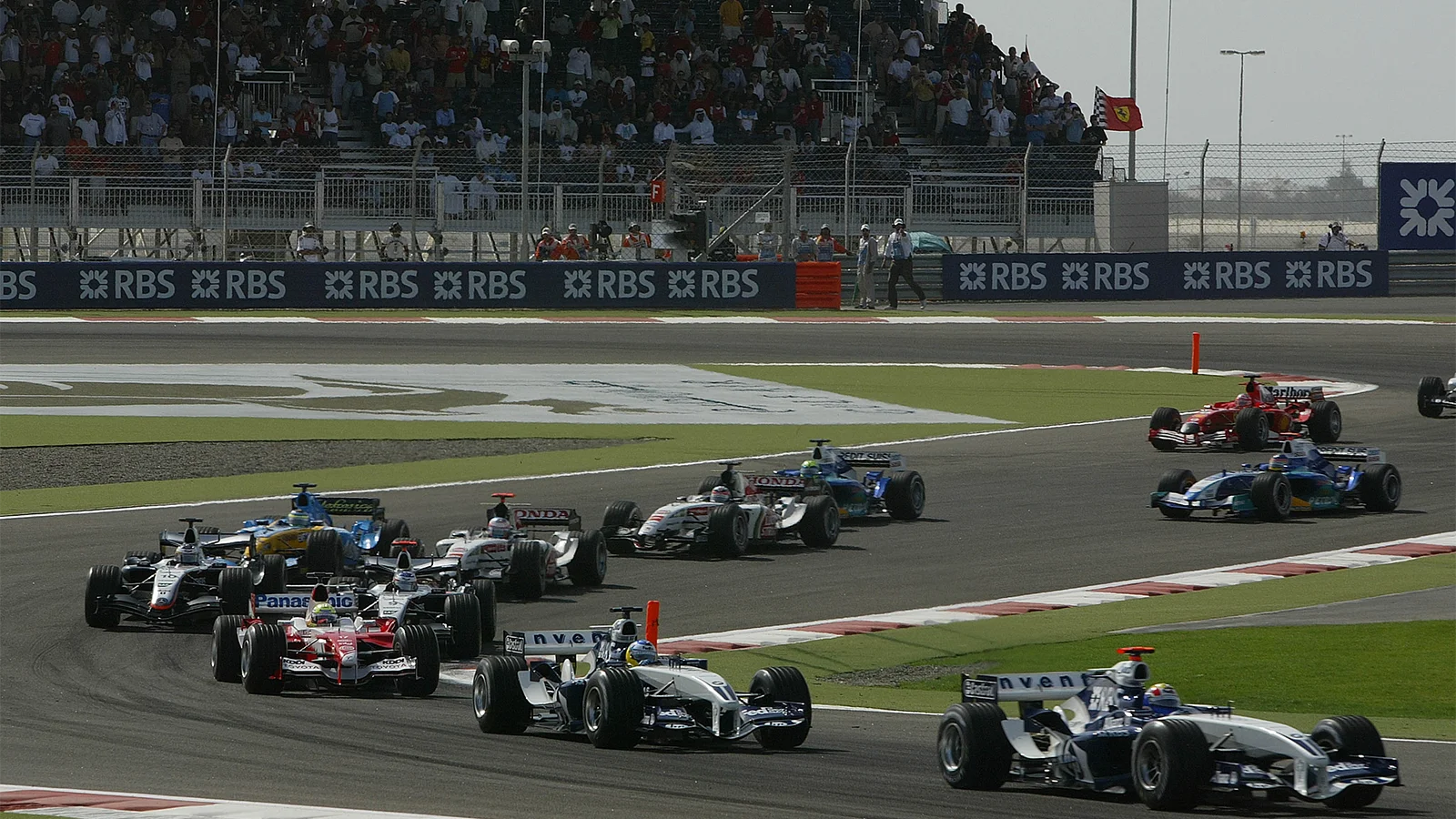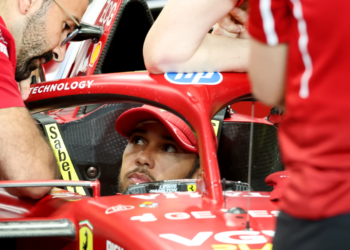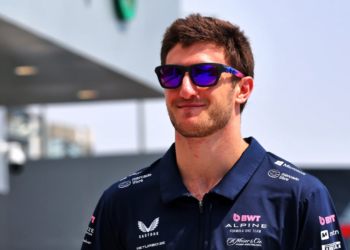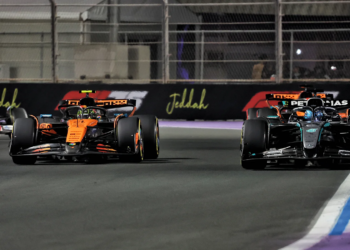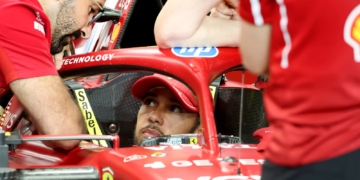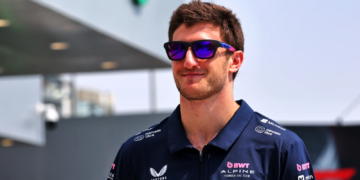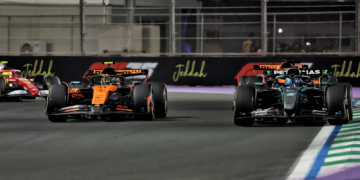There has been a dramatic change in the global perception of Formula 1 in the last 5 years. Considered earlier as a technical and Europe-centric sport, F1 is now a mainstream entertainment product, thanks to media, social platforms, and deliberate global marketing.
One of the main drivers of change has been the Netflix docuseries Drive to Survive, which added a lot of character-driven storytelling drama that was attractive to new viewers. The show reframed the sport for younger and more diverse audiences, many of whom were completely disconnected from motorsports.
The growth rate is reported to reach approximately 826.5 million Formula 1 fans by the end of 2025. This is an increase of 12 per cent from the earliest count. Also, very important is the change in the demographic makeup of this audience. More than 41 percent of fans are women and the youngest segment aged 16 to 24 is the fastest growing group.
This young cohort that is used to technology very much uniquely interacts with the sport compared to older generations. They prefer on-demand content, mobile apps, and gamified experiences.
Digital engagement metrics provide additional insights into the sport’s evolution. Across Instagram, TikTok, and YouTube, Formula 1’s social media following grew by over a third during the past year to nearly 96 million, with the official F1 app gaining 52% in unique users. This highlighted increasing interest in real-time data, driver telemetry, and interactive features.
This more engaged audience does not only passively consume the content; they follow and take part in the sports culture. This encompasses everything from esports and virtual racing to analytics and fan-driven commentary. This allows for the development of crossover interests like competitive racing-themed gambling, which draws parallels to the already present immersive instincts.
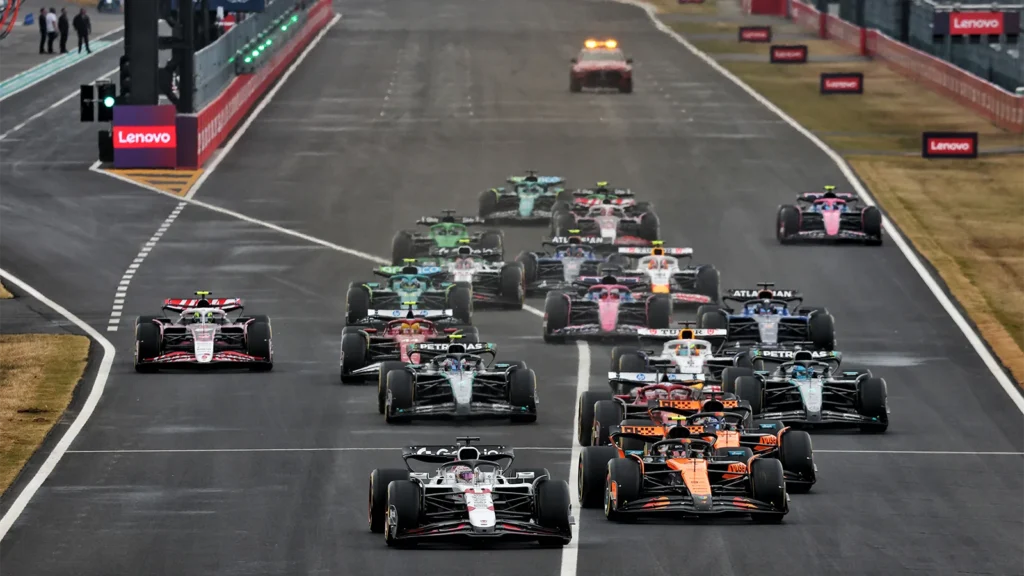
The connection between motorsport culture and online gaming
The cultural footprint of Formula 1 continues broadening to encompass newer forms of entertainment, including online gambling. While motorsport has long had a sportsbook and wager-driven relationship with betting, the more subtle intersection now revolutionizes racing-themed games as a new offer from online casinos.
OnlineCasinos.mt claims that there is a growing interest within motorsport culture alongside the rise in popularity of branded and thematic slots. Casino racing games have become more widespread in online casinos, primarily in those with licenses from the Malta Gaming Authority. These games incorporate high-speed racing elements and are set in stylized worlds that fans of the sport are accustomed to. They are complete with hyper-realistic tracks, pit stop bonuses, and fast-paced graphics.
This type of cultural integration does not happen by accident. As is customary, game developers use brand pop culture and global sporting events, such as Formula 1 motorsport, to make their content more novel and appealing. Nowadays, Formula 1 has a wider audience than its traditional viewership, so it makes sense that the developers are taking advantage of its imagery and competitive spirit. This tactic seems to work in capturing the attention of people who are already following the sport through other digital channels.
What changes the game is how easy it is to access these online casinos, especially those regulated in Malta. Formula 1 fans can now easily access these games and indulge themselves. The crossover appeal isn’t all about gambling; for most users, it is engaging with the culture of F1 through a fresh lens that complements their enthusiasm.
The influence of digital F1 experiences on gambling themes
The growth of new technologies in Formula 1 has changed the interactions fans have with the sport. It is also starting to serve as an inspiration for how motorsports is approached in gambling platforms.
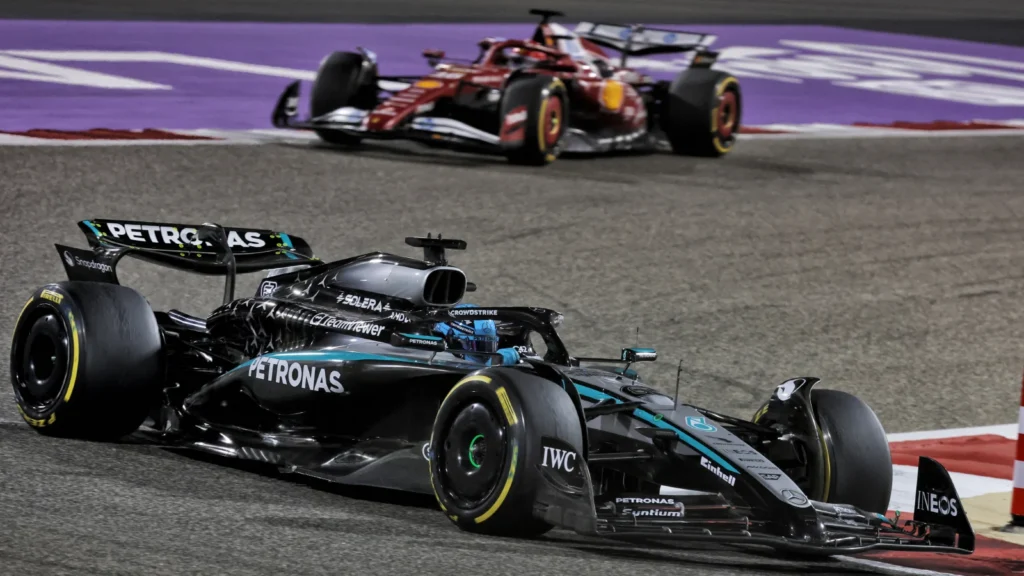
The F1 Esports Series is a leading example. It has captivated many aspiring sim racers and passive fans and established a competitive framework akin to the real-world championship. Contestants in the series race on licensed circuits using realistic driving mechanics, and the spectators view the races online and with the same enthusiasm as for actual races.
The use of virtual and augmented reality is becoming more widespread in F1. Fans have access to 3D models of the cars, animated maps of the race, and driver statistics which are updated during the race on the official mobile application as well as on the websites of the teams. These informational resources do not just provide data but also require active engagement through interactivity.
The impact of this digital engagement model can be observed in the creation of racing-themed casino games. Many of these titles seek to reproduce a Grand Prix-like feeling of motion, urgency, and progress. The fast-moving reels, checkpoint-style bonuses, and multiplayer elements serve to replicate those aspects of motorsport enterprise. Although it may not be overtly branded, the inspiration can frequently be found in the design and user experience.
These casino games are set in environments well-known to hard core digital Formula 1 fans and there’s a common set of terms, such as speed, strategy, and progression that exists in both these platforms. With F1 fans having so many ways to engage with the sport digitally, there is a high chance that gambling centred around F1 racing will develop alongside users’ evolving expectations of design elements.

